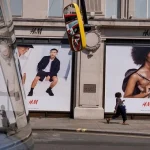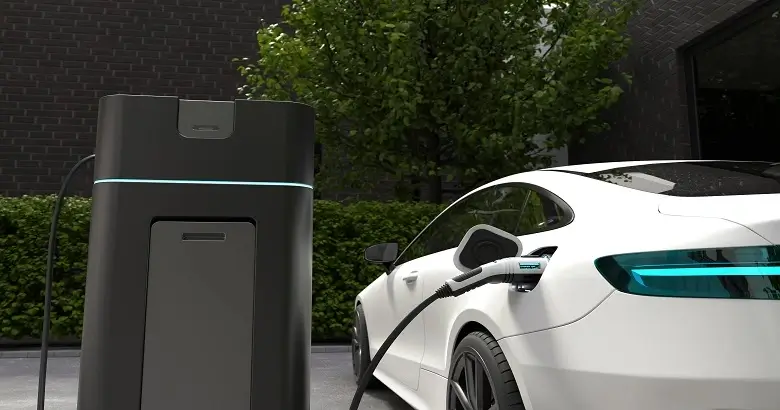Russian President Vladimir Putin has responded to a US-backed ceasefire plan for Ukraine with a mix of praise and new demands—signaling what appears to be a calculated attempt to influence former US President Donald Trump. While Putin did not reject the proposal outright, Putin’s response was filled with conditions that would be difficult for Ukraine to accept. His cautious but strategic stance suggests he is looking to gain leverage as he pushes forward with military advances.
Putin’s Strategic Delays
The ceasefire proposal, which the US pressured Ukraine into supporting, was met with a familiar Kremlin strategy—delaying tactics designed to prolong negotiations while maintaining strategic advantages on the battlefield. Putin acknowledged the plan as “great and correct” but insisted that further discussions were necessary.
One of the key concerns he raised was the monitoring of the ceasefire, particularly regarding whether Ukraine would be allowed to rearm during the pause in fighting. His remarks also hinted at broader demands, including addressing the so-called “root causes” of the conflict. This phrase, often used by Moscow, refers to grievances such as NATO expansion and Russia’s desire to see Western military forces withdrawn from former Soviet territories like Poland and Romania.
At the same time, Russia’s military forces are making gains in Ukraine’s east, particularly near the Kursk region, which could strengthen Moscow’s position in any future negotiations. By delaying serious talks, Putin is likely seeking to solidify Russia’s control over key territories while increasing pressure on Kyiv.
Trump’s Optimism Clashes With Reality
Despite Putin’s lukewarm response, Trump remained upbeat, portraying the Russian leader’s statement as “very promising” but acknowledging that it was “not complete.” His enthusiasm for a peace deal stands in contrast to the skepticism from European leaders and security analysts, who believe Russia is merely playing for time.
Retired US Navy Admiral James Stavridis pointed out that Putin’s stance was deliberately ambiguous, placing him “right in the middle” between accepting and rejecting the deal. This strategic positioning allows Russia to continue military operations while keeping diplomatic channels open.
Latvian Defense Minister Andris Sprūds warned that Russia’s approach follows a classic “salami tactics” strategy—gradually slicing off concessions from opponents while prolonging negotiations to achieve its long-term objectives.
A Test for Trump’s Foreign Policy
If Trump can negotiate a lasting and sustainable peace in Ukraine, it will be a major diplomatic achievement, potentially solidifying his legacy. However, his history with Putin has raised concerns about whether he is truly in a position to pressure the Russian leader.
Since taking office for a second time, Trump has shifted US policy in ways that have favored Moscow, including pausing military aid to Ukraine and scaling back intelligence-sharing efforts. Though aid has since resumed, the temporary cut-off sent a clear signal to Kyiv that Washington’s support could be conditional.
Meanwhile, Trump has proposed new economic measures to pressure Russia, including tariffs and banking sanctions. However, after years of Western restrictions, Russia has adapted by strengthening economic ties with China and other allies, reducing the impact of US-led financial penalties.
Trump’s stance has also created tensions with European allies, many of whom remain skeptical of Russia’s intentions. While some Western officials acknowledge that Ukraine may not be able to fully reclaim all occupied territories, they also worry that any rushed peace deal could leave Kyiv vulnerable to future aggression.
Who Holds the Upper Hand?
The biggest question remains: Is Trump truly negotiating with Putin, or is the Russian leader skillfully manipulating him?
Putin has a long history of exploiting diplomatic negotiations to his advantage. His insistence on addressing the “root causes” of the war could be a way of framing future discussions in a manner that favors Russian interests—potentially leading to demands such as the withdrawal of NATO troops from Eastern Europe or even the removal of Ukrainian President Volodymyr Zelensky.
Trump has already shown a willingness to apply pressure on Ukraine, and his early actions in office suggest he may be more open to making concessions to Moscow. His push for a peace deal may be motivated by political factors, including his desire to present himself as a global dealmaker.
However, whether Putin is willing to end the war on terms that do not fully secure his strategic goals remains uncertain. For now, his response suggests that Russia is in no rush to conclude the conflict—at least not without securing major advantages.











